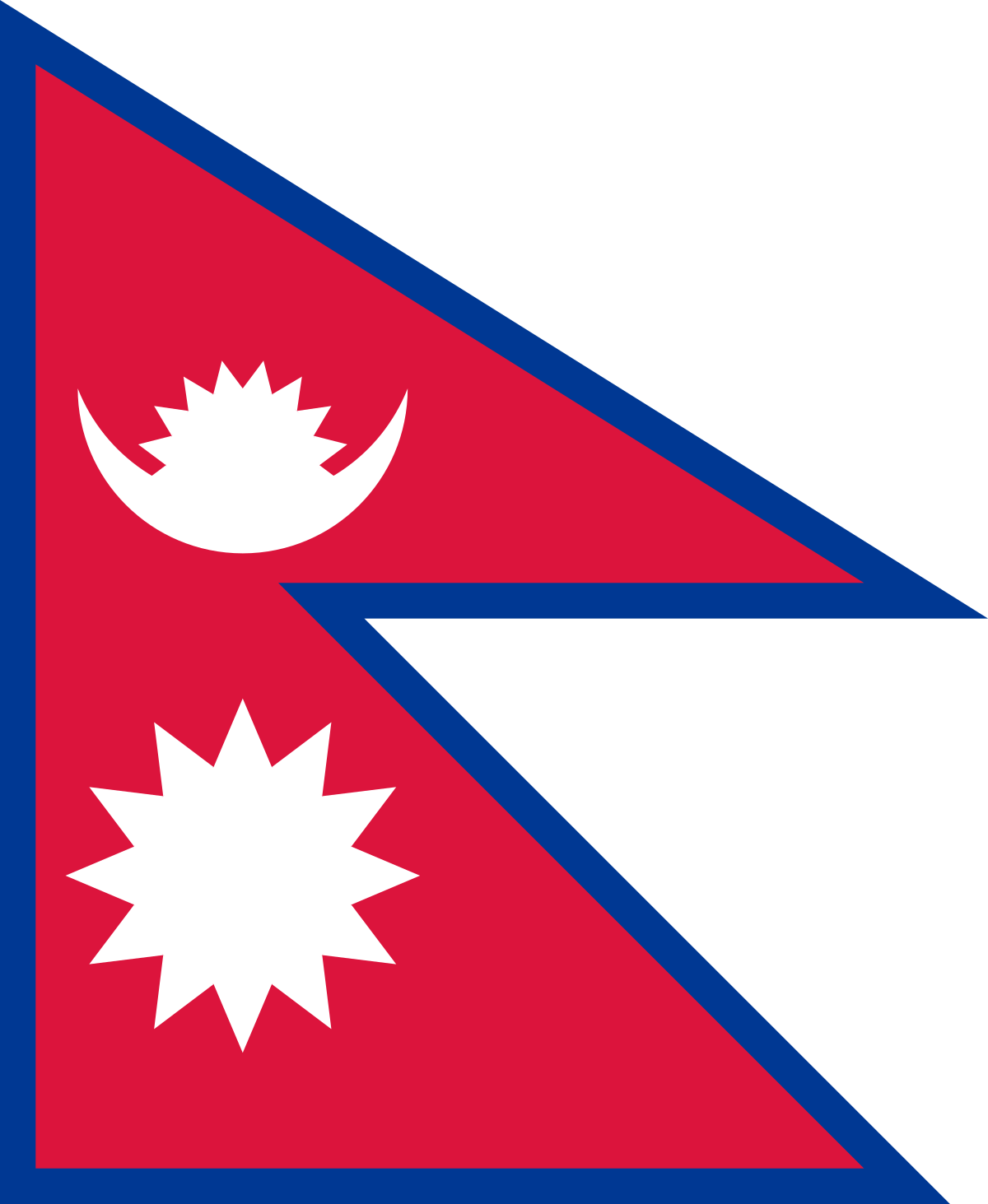
Demonstrators targeted Prime Minister K. P. Sharma Oli’s compound in Balkot, Bhaktapur, torching buildings inside the premises a day after police firing left at least 19 people dead during nationwide rallies against a government social-media shutdown. Crowds also attacked properties linked to top figures across the capital region, signalling a dramatic turn in a protest wave driven largely by Generation Z activists.
Authorities closed Tribhuvan International Airport, cancelling all flights as the security situation deteriorated, while soldiers were deployed to secure key facilities. Flights already airborne were allowed to land, but departures and further arrivals were halted, stranding passengers and compounding economic disruption.
Beyond the prime minister’s residence, the home of Communication and Information Technology Minister Prithvi Subba Gurung in SunaKothi, Lalitpur, was set ablaze after demonstrators breached a police cordon. Protesters also torched the Naikap residence of former home minister Ramesh Lekhak, who resigned on Monday following public fury over the use of force against demonstrators. Stones were thrown at other politicians’ properties across the valley, extending the pattern of targeted attacks.
Reports from the capital described attacks and vandalism at additional high-profile sites, including the Nepali Congress party headquarters and the official residence of President Ram Chandra Poudel, as crowds defied curfew orders that took effect across Kathmandu, Lalitpur and Bhaktapur from Tuesday morning. The district administration closed schools and restricted movement inside the Ring Road, but large groups continued to gather at junctions and outside government buildings. Leaders’ homes burn as Gen Z unrest spreads.
The government lifted its ban on major social platforms early Tuesday following an emergency huddle, but the reversal did little to calm anger among protesters who say the shutdown was a pretext to muzzle dissent and hide corruption. Demonstrators have framed their demands around transparency, accountability and an end to impunity, while accusing the administration of heavy-handed tactics that culminated in Monday’s fatal clashes.
Prime Minister Oli called an all-party meeting as pressure mounted for political accountability. He promised relief for victims’ families and an investigation into the killings, even as slogans demanding his resignation rang out in central Kathmandu. Security forces fired tear gas and used water cannon at multiple flashpoints as curfew orders were challenged through the afternoon.
Witness accounts and video from Kathmandu showed dense smoke rising from residential compounds linked to prominent leaders while firefighters struggled to access cordoned neighbourhoods. Police said they were stretched across dozens of incidents, including arson attempts and vandalism, as youths coordinated gatherings via encrypted messaging despite patchy internet access and platform disruptions in prior days.
The death toll from Monday’s confrontations—Nepal’s bloodiest day of protest in years—has intensified scrutiny of crowd-control practices and the chain of command that authorised live fire. Rights groups urged an impartial inquiry and protection for medics and journalists, while hospitals reported treating hundreds with pellet wounds, fractures and tear-gas exposure.
Economic fallout widened as the airport shutdown severed international connections and domestic supply chains, while businesses in the capital shuttered amid curfew and transport disruptions. Travel operators warned of cascading cancellations at the start of the autumn trekking season, and insurers flagged likely claims from property damage across multiple districts. Officials did not provide a timetable for restoring regular flight operations or lifting movement restrictions.
Topics
World
